15 Museums To Visit In Europe If You Love Archaeology
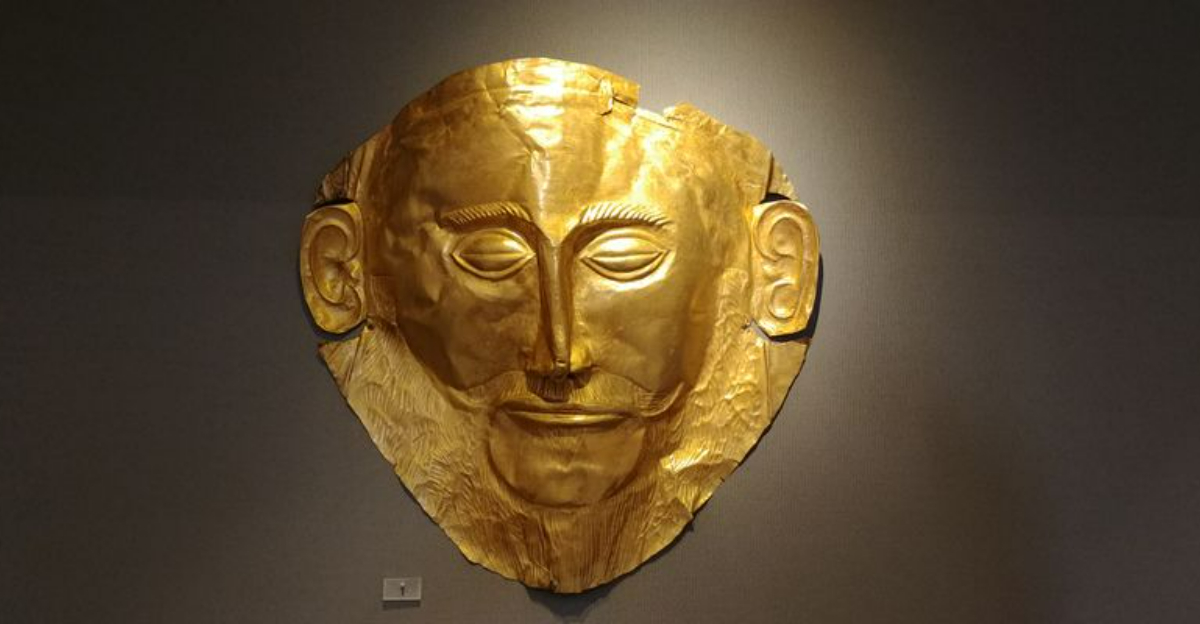
There’s something thrilling about standing inches away from relics that have survived centuries. Europe’s museums don’t just display history—they immerse you in it. From Neolithic tools to Roman mosaics, each exhibit pulls you deeper into the world of ancient civilizations.
I’ve wandered through echoing halls filled with artifacts, and some museums stand out for how vividly they bring the past to life. If archaeology gets your heart racing, these are the places where old bones and broken pottery tell stories you won’t forget. Ready to time-travel without leaving the present?
1. The British Museum in London
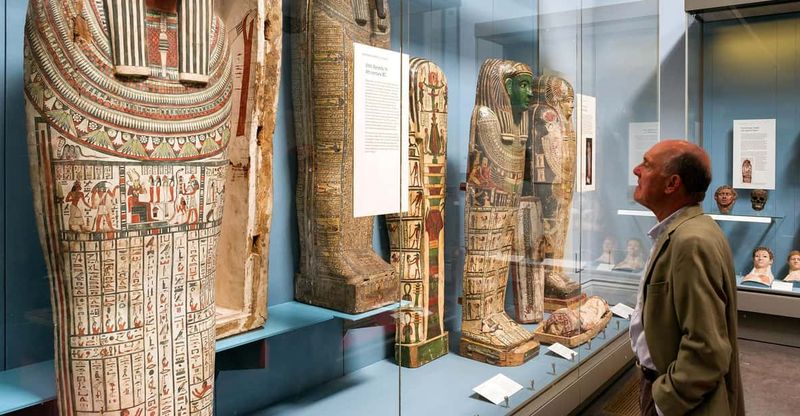
Walking through the massive doors of The British Museum feels like stepping into a time machine. Founded in 1753, this place holds over eight million objects spanning two million years of human history!
I particularly love the Egyptian galleries with real mummies and the Rosetta Stone that helped scholars crack the code of hieroglyphics. The Parthenon sculptures from ancient Greece are breathtaking up close. Kids will enjoy the interactive family activities and treasure trails designed specifically for young explorers.
The best part? Admission is completely free, though some special exhibitions require tickets. Plan to spend at least half a day here—there’s simply too much to see in one quick visit.
2. National Archaeological Museum in Athens
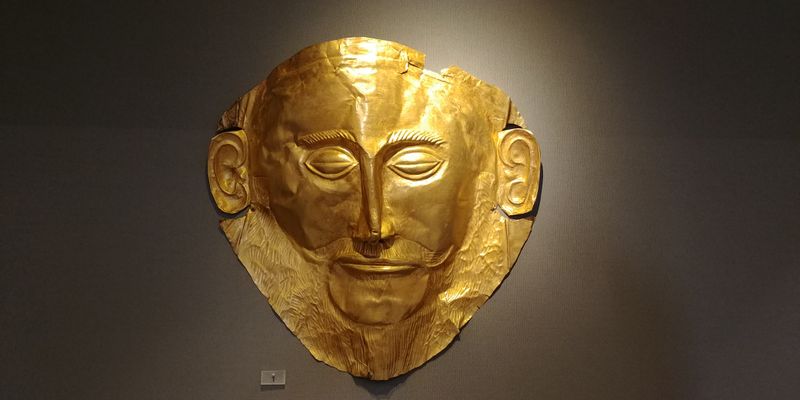
Greece’s largest archaeological museum houses the most important finds from excavations across the country.
When I visited, I was amazed by the gold death mask of Agamemnon and other Mycenaean treasures that are over 3,000 years old! The museum’s collection spans from prehistoric times through ancient Greece and beyond.
You’ll see incredible marble statues, bronze figures, pottery, and jewelry that show how skilled ancient craftspeople were.
My favorite exhibit features everyday items that ancient Greeks used—cooking pots, children’s toys, and tools. It makes you realize these ancient people weren’t so different from us.
The museum is located in central Athens, making it easy to combine with a visit to the Acropolis for a full day of archaeological adventure.
3. Neues Museum in Berlin
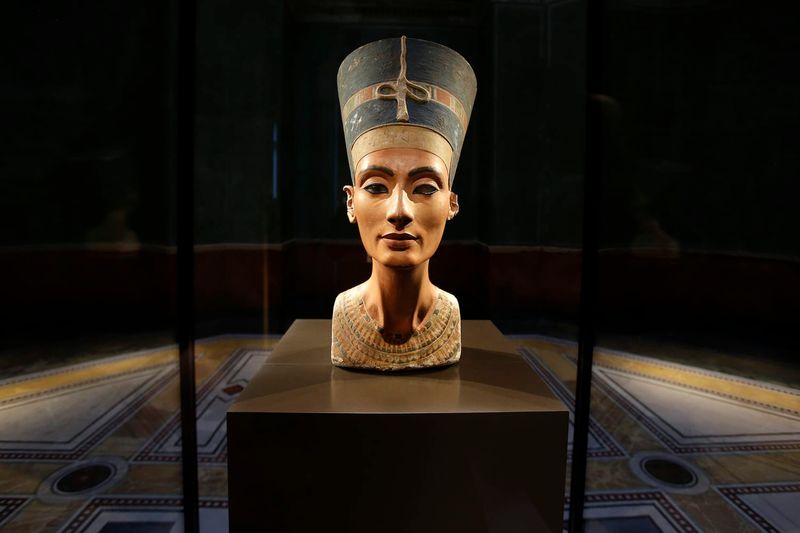
Have you ever wanted to see the famous bust of Nefertiti? This stunning ancient Egyptian queen’s portrait is the star attraction at Berlin’s Neues Museum, and photos truly don’t do it justice.
After being heavily damaged during World War II, the museum reopened in 2009 with a brilliant design that preserves war-damaged elements alongside new construction. I found this blend of old and new incredibly moving as I explored the exhibits.
Beyond Egyptian treasures, you’ll discover prehistoric artifacts and items from Troy that Heinrich Schliemann excavated in the 1870s.
The museum’s collection spans thousands of years of human history across multiple cultures. Audio guides are available in several languages, which I highly recommend for understanding the significance of what you’re seeing.
4. Acropolis Museum in Athens
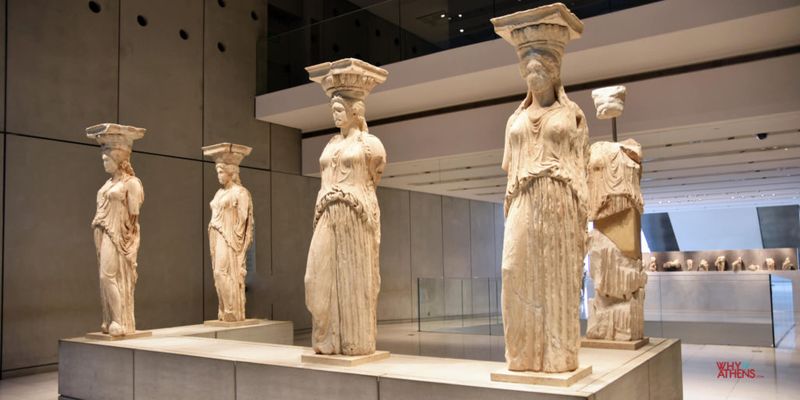
If you’re fascinated by ancient Greek civilization, this museum will blow your mind! Built specifically to house artifacts from the Acropolis hill, its modern glass design allows natural light to flood the exhibits.
The most amazing part is the top floor, where the Parthenon frieze is displayed in exactly the same orientation as it was on the original temple. Looking through the glass walls, you can see the actual Parthenon on the hill above!
I spent hours examining the detailed carvings of gods, heroes, and everyday citizens that once decorated Athens’ most sacred buildings.
Don’t miss the museum’s basement, visible through glass floors, which reveals the ancient neighborhood excavated during construction. The museum café offers tasty Greek food with spectacular views of the Acropolis—perfect for a lunch break.
5. National Museum of Rome
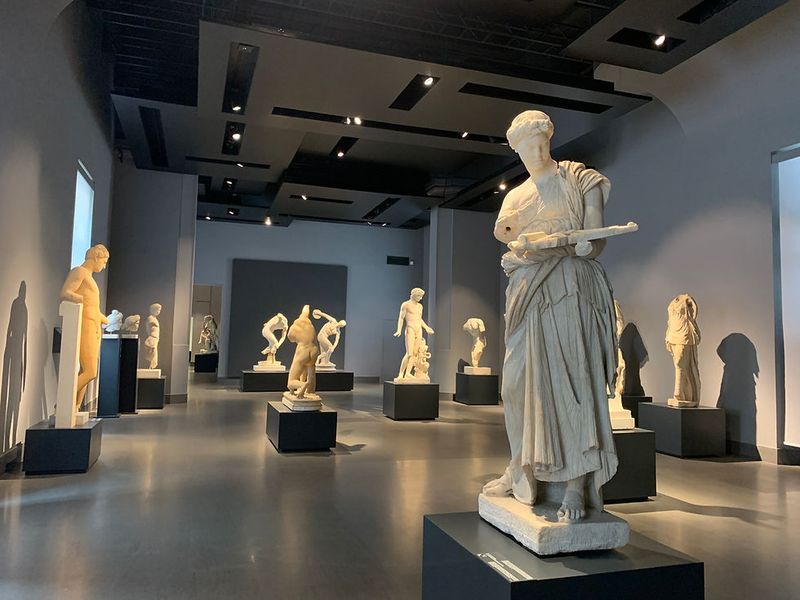
Spread across four different locations in Rome, this museum complex holds an incredible collection of Roman artifacts. My favorite is the Palazzo Massimo location, where room after room is filled with stunning Roman sculptures, mosaics, and even entire painted rooms from ancient villas.
The preserved garden frescoes from Livia’s Villa transport you to a Roman garden from 2,000 years ago! These colorful wall paintings show birds, flowers, and fruit trees in amazing detail.
Another highlight is the Crypta Balbi site, which shows how Rome changed from ancient times through the Middle Ages. You can literally see the layers of history as you descend into the excavations beneath the modern city.
I recommend buying the combined ticket that gives access to all four locations—it’s valid for three days and offers the best value.
6. Museum of Cycladic Art in Athens
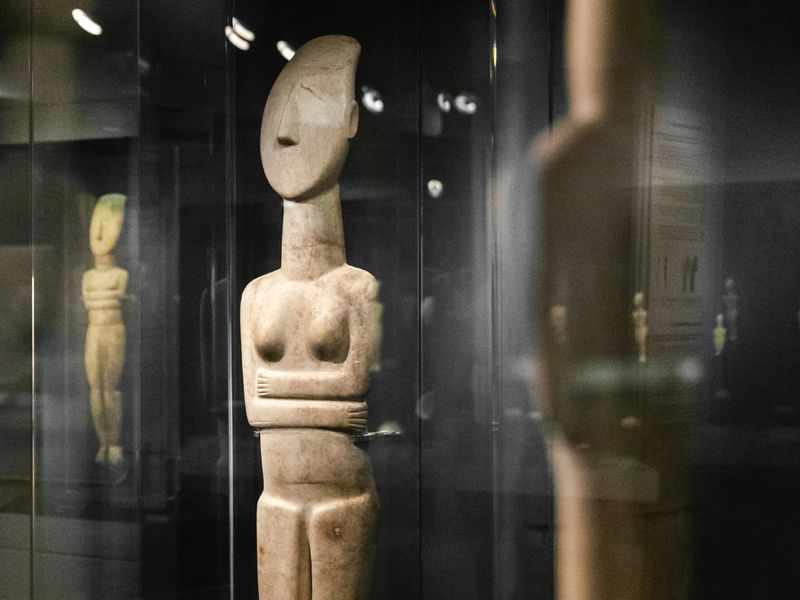
Hidden in a lovely neoclassical building in central Athens, this gem showcases mysterious marble figurines created by people who lived in the Aegean islands over 5,000 years ago. These simple, elegant statues with folded arms and tilted heads look surprisingly modern!
What makes this place special is how the museum connects ancient objects to the people who made and used them. Interactive displays explain how ancient Greeks got married, raised children, and worshipped their gods.
I particularly enjoyed the short videos showing how ancient craftspeople made pottery and jewelry using techniques we still use today. The museum is smaller than others on this list, making it perfect for families or anyone who gets overwhelmed by massive collections.
Their café in the airy atrium serves delicious Greek coffee and pastries—a perfect break during your archaeological adventures.
7. National Archaeological Museum of Naples
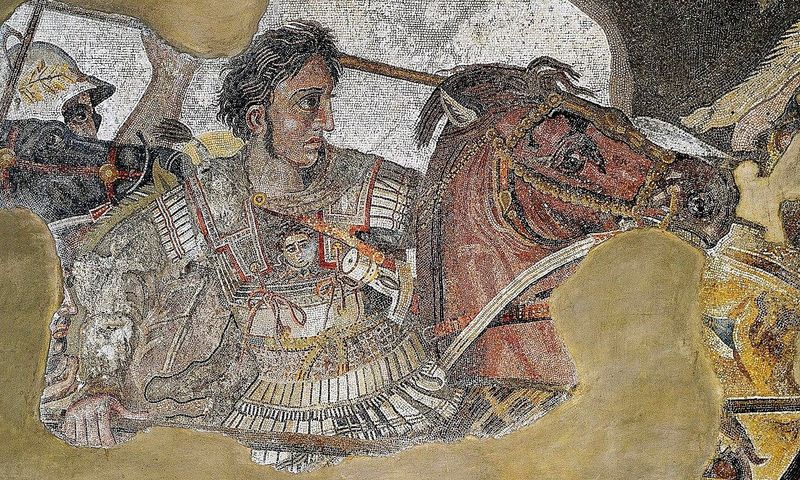
If you’re curious about Pompeii but want to see its treasures without battling the crowds, this museum houses the most incredible finds from the ash-covered Roman cities. The Secret Cabinet room contains ancient erotic art that was once considered too shocking for public view!
My jaw dropped when I saw the Alexander Mosaic, an enormous floor mosaic showing Alexander the Great in battle. Made from tiny colored stones, it’s so detailed you can see expressions on people’s faces.
The collection of everyday objects preserved by Vesuvius’s eruption is fascinating—Roman bread carbonized in ovens, makeup still in its containers, and delicate glass vessels that survived for 2,000 years.
The museum building itself is a former cavalry barracks from the 1700s. I suggest visiting before going to Pompeii and Herculaneum, as it helps you understand what you’ll see at the archaeological sites.
8. Archaeological Museum of Istanbul

Did you know one of the world’s oldest peace treaties is displayed in this amazing museum? The Treaty of Kadesh, signed between Egyptians and Hittites in 1258 BC, sits alongside treasures from multiple ancient civilizations that once thrived in Turkey.
I spent hours exploring three connected buildings filled with artifacts spanning 5,000 years. The Alexander Sarcophagus is mind-blowing—not actually Alexander’s tomb but a massive marble coffin covered with detailed battle scenes showing Greeks fighting Persians. The museum’s location in Istanbul’s historic district means you can easily combine it with visits to the Hagia Sophia and Topkapi Palace.
What makes this museum special is how it shows Turkey’s unique position at the crossroads of civilizations. You’ll see Greek, Roman, Byzantine, and Ottoman artifacts all in one place, telling the story of how these cultures influenced each other.
9. Pergamon Museum in Berlin
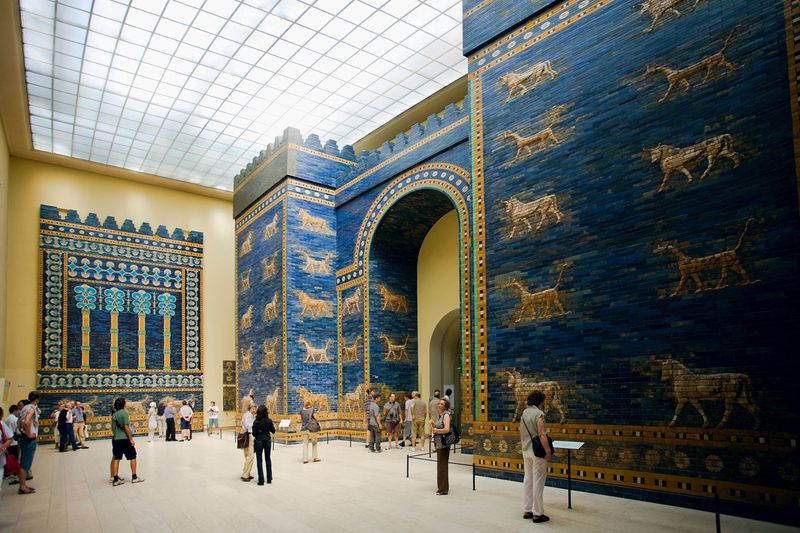
Imagine walking through an actual ancient Greek altar or stepping through the massive blue Ishtar Gate from Babylon. This extraordinary museum houses entire reconstructed buildings transported from archaeological sites across the Middle East!
The Pergamon Altar, with its massive marble staircase and detailed friezes showing battles between giants and gods, takes up an entire room. Each figure is carved with such detail that you can see muscles straining and clothes rippling in frozen motion.
When I visited, I was amazed by the Market Gate of Miletus, a two-story Roman gateway rebuilt inside the museum. The Islamic Art collection includes an entire carved wood room from Syria and colorful tile work from Turkey.
Though parts of the museum are sometimes closed for renovation, what remains open is still worth the visit. I recommend getting the audio guide to understand the incredible stories behind these massive structures.
10. National Museum of Ireland – Archaeology in Dublin
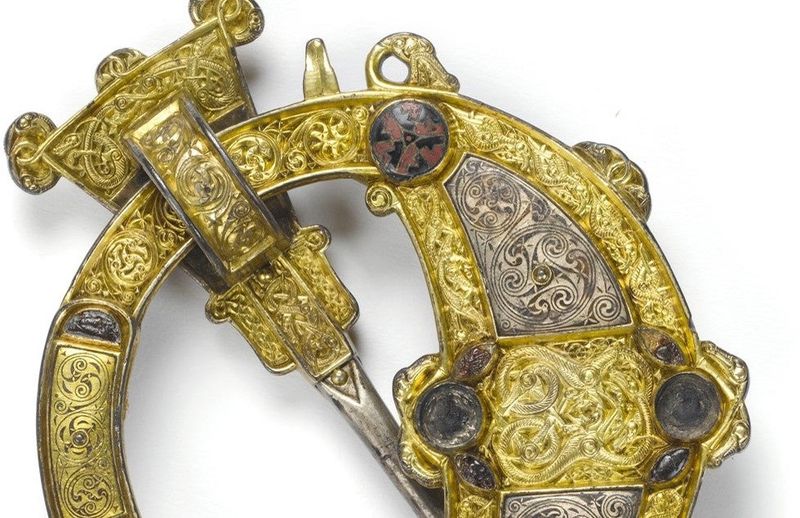
Ireland’s boglands have preserved ancient treasures in ways that amaze scientists worldwide. This fascinating museum displays incredibly well-preserved bodies, clothing, and objects found in peat bogs, where the special chemistry kept them intact for thousands of years!
I was stunned by the Viking exhibit showing artifacts from excavations in Dublin. The craftsmanship of gold jewelry from the Bronze and Iron Ages proves that ancient Irish metalworkers were incredibly skilled. The Treasury room glitters with masterpieces like the Tara Brooch and Ardagh Chalice.
These aren’t just beautiful objects—they show how Ireland connected to broader European culture while developing its own unique artistic style. Located in central Dublin on Kildare Street, this museum offers free admission.
11. Heraklion Archaeological Museum in Crete
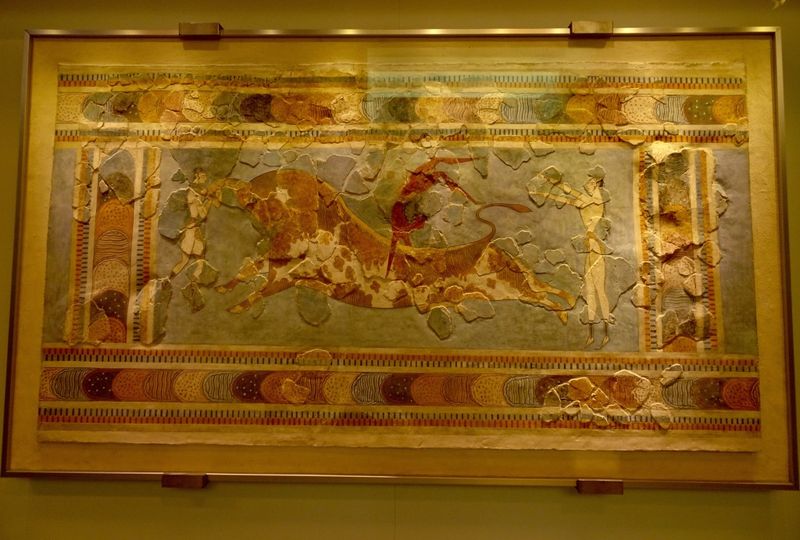
The mysterious Minoan civilization that flourished on Crete 4,000 years ago left behind colorful frescoes, delicate pottery, and puzzling artifacts that continue to fascinate archaeologists today. This museum houses the world’s best collection of Minoan treasures!
When I walked through the chronologically arranged galleries, I felt like I was traveling through time from 7000 BC to the Roman period. The famous bull-leaping fresco shows young athletes performing dangerous acrobatics over a charging bull—a scene that still seems impossible today.
Kids are often drawn to the small clay figurines showing ancient fashion and hairstyles. The museum is located in central Heraklion, making it easy to visit before or after seeing the nearby Palace of Knossos archaeological site.
I recommend visiting the museum first to understand what you’ll see at the palace ruins. The combined ticket for both sites offers good value.
12. Roman-Germanic Museum in Cologne
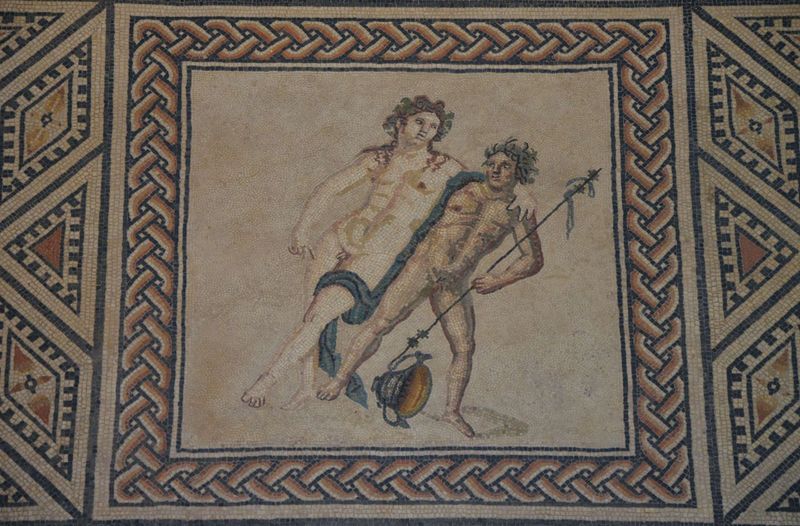
Built directly over the remains of a Roman villa, this museum literally has archaeology beneath its floors! The centerpiece is the original Dionysus mosaic floor from a wealthy Roman’s dining room, preserved exactly where it was discovered.
I was amazed by the museum’s collection of Roman glass—delicate, colorful vessels that have survived for nearly 2,000 years. The quality and artistry of these pieces show how sophisticated Roman craftsmanship was, even in what was then a frontier province.
Located right next to Cologne’s famous cathedral, the museum reveals the city’s importance during Roman times when it was called Colonia Agrippinensis.
Don’t miss the replica of the Poblicius Tomb, a massive funeral monument standing over 15 meters tall! The museum offers excellent information in multiple languages. Though smaller than some others on this list, its focused collection makes it perfect for a half-day visit.
13. National Museum of Denmark in Copenhagen

Where else can you see perfectly preserved bodies from the Bronze Age with their clothing, hair, and even stomach contents intact? The bog bodies at this museum offer an incredible window into prehistoric life in Northern Europe.
I spent hours exploring the Prehistory section, which takes you from the first humans in Denmark through the Viking Age. The collection of amber jewelry is spectacular—some pieces date back 7,000 years! What makes this museum special is how it connects archaeology to human stories.
The display of the Egtved Girl, a teenager buried in 1370 BC with her clothing and personal items, helps you imagine the life of someone who lived 3,400 years ago.
Located in central Copenhagen, the museum offers free admission. Their children’s section is excellent, with hands-on activities where kids can try grinding grain like Stone Age people or wearing Viking clothing.
14. Archaeological Museum of Thessaloniki in Greece
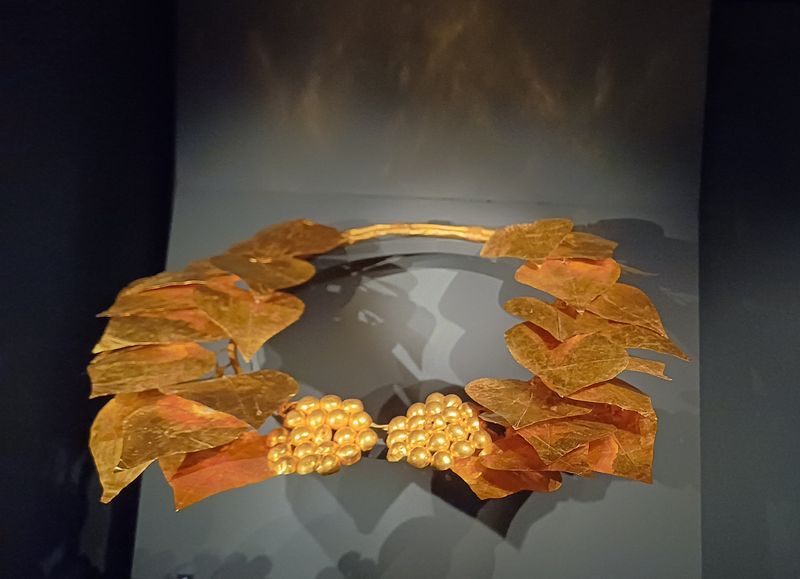
Northern Greece was once the heart of the ancient Macedonian kingdom—home to Alexander the Great and his father Philip II. This outstanding museum showcases treasures from this powerful civilization that changed world history.
The gold wreaths, jewelry, and weapons found in royal Macedonian tombs left me speechless. These objects show incredible craftsmanship and artistic skill. One highlight is the tiny gold box that held the bones of Philip II, Alexander’s father.
If you’re interested in how archaeologists work, you’ll love the special exhibitions explaining excavation techniques and how ancient objects are preserved and studied. The museum is located near Thessaloniki’s seafront promenade, making it easy to combine with other attractions in Greece’s second-largest city.
I found the museum’s organization by theme rather than chronology particularly helpful for understanding how ancient people lived, worked, and worshipped.
15. Museum of London in England
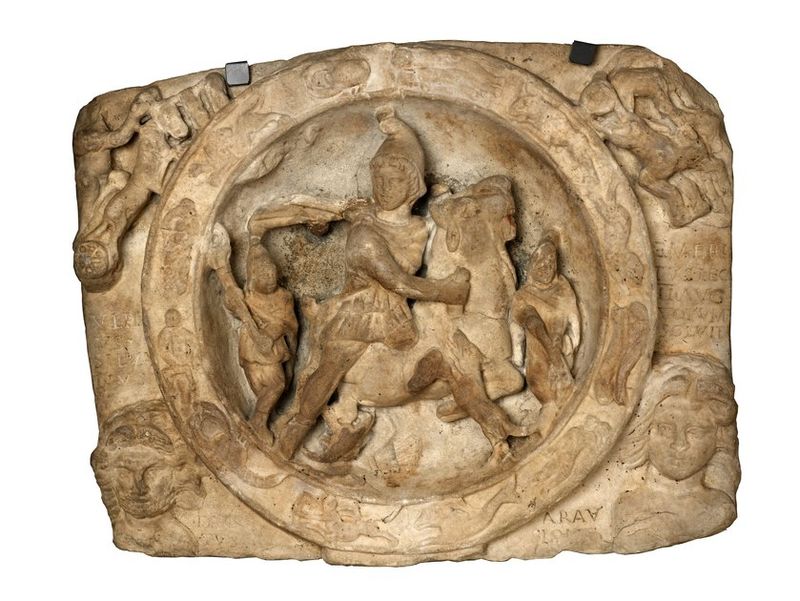
Journey beneath modern London’s streets to discover the city’s fascinating archaeological layers! This museum traces London’s history from prehistoric times through the Roman period, medieval era, and beyond.
The Roman gallery showcases everyday objects that paint a picture of life in Londinium nearly 2,000 years ago. I was fascinated by the Temple of Mithras artifacts, discovered during post-WWII rebuilding and showing London’s connections to mysterious eastern cults.
What makes this museum special is how it connects archaeology to the modern city. Interactive displays show how London’s geography shaped its development, and reconstructions help you imagine walking through Roman or medieval streets.
Located near the Barbican Centre, the museum offers free admission. Their family-friendly exhibits include hands-on activities where children can try archaeological techniques. Don’t miss the prehistoric section with evidence of humans living along the Thames nearly 450,000 years ago!
